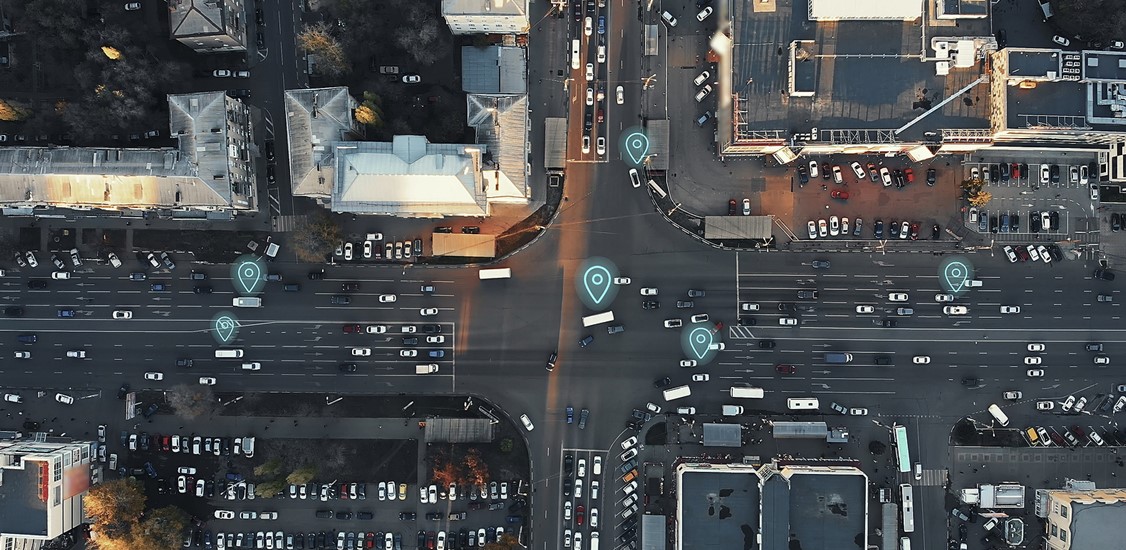For the last decade, engineers throughout the automotive ecosystem have invested countless hours and capital trying to teach cars how to drive. Achieving this goal could mean the end of traffic accidents and fatalities and the recovery of the lost time we spend in traffic. But teaching a machine how to drive with better safety, accuracy and experience than human drivers under an infinite number of road, traffic and weather conditions is an incredibly challenging problem.
Artificial Intelligence (AI) technologies, piggybacking on vast improvements in the cost and availability of massive computing and data storage and processing, make incredibly difficult challenges like driving a car possible. Now, as the complexity of our wireless networks are facing daunting increases in complexity, engineers designing future wireless networks, like 6G, are rushing to apply similar AI technologies and design techniques.
Currently, our cellular networks are based on a set of human-written rules rolled into industry standards that describe how our network should function. Our mobile devices operate in fixed frequency bands pre-allocated for specific purposes. This architecture was built in 1G and 2G to handle mobile voice communications, and it was adapted in 3G and 4G to handle high-speed streaming data. In 5G, and now moving into 6G, we’re evaluating whether this original, semi-static network design still makes sense considering the increased data traffic congestion and the expansion into two new use cases: the addition of a massive number of internet-of-things machines to our networks (mMTC) and new faster, ultra-reliable network capabilities meant to handle mission-critical activities (URLLC), like the intercommunication of autonomous vehicles.
Engineers in the wireless community are beginning to research the idea of applying AI design methodologies and techniques to deal with this rising complexity. Could intelligent computers do a better job of optimizing the spectrum than some of the hard-coded rules and allocations we use today?
In autonomous vehicles, the Society of Automotive Engineers (SAE) has outlined six different levels of autonomy ranging from basic warnings to driver assistance leading all the way to fully autonomous operation. Today, most new vehicles have some of this technology, aiding the driver with features like adaptive cruise control and lane departure warning. Current state-of-the-art autonomous capabilities, like Tesla’s autopilot are level 2, meaning that the car is capable of autonomous steering and speed control, but a human must be willing and able to take the wheel at any time.
While there is not an official equivalent in wireless networks to the SAE’s six levels of defined autonomy, we can certainly imagine that there will be at least a loose equivalent. I could argue that the industry is in the early stages of level 1 network autonomy where AI techniques can be used to add value, in terms of performance increases, to our current networks without changing the way they fundamentally operate. This is similar to the way that adaptive cruise control is a step forward from regular cruise control. The design and testing methodologies involved in building an AI system are significantly different from classical implementations. To get to the equivalent of a level 3 and above autonomy for cellular networks, there are four areas in which network engineers can learn some valuable lessons and perspectives from automotive engineers.
- Design requirements and outcomes: For today’s classically designed systems, software in our networks codes the functionality described in today’s wireless standards. For ML-trained cellular networks, we’ll need to switch from designing for compliance with a set of human-written rules, to a set of defined outcomes. In the automotive world, software and AI engineers define a set of constraints for their vehicles, called Operational Domain Definitions (ODDs). For example, an autonomous vehicle might only operate on American highways during the day. They then train algorithms to optimize for a specific goal within that ODD like minimizing the likelihood of an accident for a variety of different scenarios the vehicle might encounter which might require the trade-off of breaking traffic rules or passenger comfort to optimize for safety. Within the research of using AI for our cellular networks, we need to have a conceptually similar set of domain and outcome goals. For example, do we want our AI algorithms to optimize for total throughput? Or fastest response times? Or network reliability? Or minimal power consumption?
- Training data: To create AI algorithms, engineers use large sets of data of a variety of real-world scenarios to teach or train the network – not unlike how humans learn tasks. In each data set, for a set of input conditions, we tell the algorithm what we believe is the correct outcome. By feeding millions of different scenarios, into the training phase, each with a correct outcome, we hope to teach the algorithm how to respond. Today, automotive companies have spent hundreds of millions of dollars acquiring and labeling data sets for vehicles. Ultimately, the quality of the AI algorithm is highly correlated to the quality of the data sets used to train it. The data sets necessary for training wireless networks are still in their infancy. Cellular infrastructure companies with large, deployed installations can use their existing equipment to gather datasets for their own use. For smaller companies, the National Science Foundation (NSF) is funding initiatives like the RFDataFactory to create tools that will automate the generation and management of new community datasets for wireless research.
- Open network SW: To develop application-specific machine learning technology, it is essential to have open software platforms in which to experiment. In the automotive industry, new research often begins with software like the open-source ROS (Robot Operating System) or more targeted proprietary, but more fully featured software stacks like the NVIDIA DRIVE AGX Pegasus platform. In wireless networks, the software ecosystem is, again, in early-stage work. Open-source tools like the OpenAirInterface (OAI) software are evolving quickly to gain the performance necessary to be useful in real trials. While more propriety, full-featured software stacks are beginning to be available, the tools are still fragmented and will need to evolve before they reach the capability to prototype and test the equivalent of a level 3 or greater autonomous network.
- Validation / testing methods: Testing ML algorithms and systems is more complex than testing classically programmed systems (conformance test). For autonomous vehicles, rapid advances in software-in-the-loop, model-in-the-loop, and hardware-in-the-loop methods have become crucial in testing these vehicles in the lab for the infinite set of road conditions they’ll face before those vehicles ever see a real-world road test. Similar SIL, MIL, and HIL technologies will need to evolve for telecom test, as well. For example, Northeastern University has recently demonstrated the use of the world’s largest RF network emulator, originally developed for DARPA, to test new, AI-based cellular network technology.
As our cellular networks continue to grow in their capabilities and complexities, engineers will increasingly turn to AI technologies. In many ways, network engineers will be encountering similar design and validation challenges as those faced by automotive engineers over the last decade. And although engineers in the automotive industry generally gather in different forums and conferences than wireless engineers, there is substantial mutual benefit of these groups working together as they develop, validate, and realize the potential of AI systems.






















